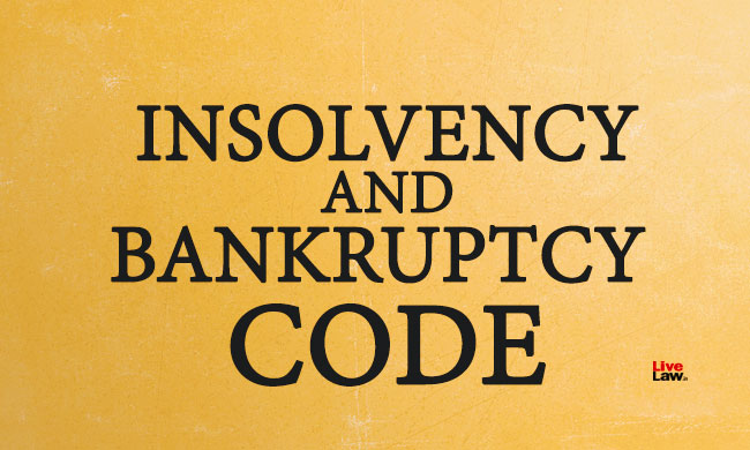Tracing The Formation Of The Insolvency And Bankruptcy Code 2016 And What Makes It A Game-Changer
Somya Luthra
19 Nov 2020 11:00 AM IST

Next Story
19 Nov 2020 11:00 AM IST
Members of a company have the option of limiting their liabilities, hence it has always been one of the most preferred forms of conducting business. A company is a registered association having perpetual succession, a separate legal entity, common seal whose shares are transferable having limited liability. In order to comprehend the Insolvency and Bankruptcy Code 2016 effectively and...
